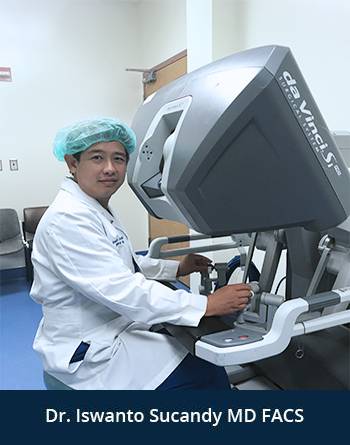Gallbladder Polyps
Gallbladder polyps are found in approximacalltoy 5% of the general population. Gallbladder polyps are often discovered incidentally during a right upper quadrant ultrasound examination for abdominal pain. It presents as a solid growth within the wall of the gallbladder or protruding into the lumen of the gallbladder. Among all the “gallbladder polyps”, only 5% are true polyps. The majority of gallbladder polyps are benign and asymptomatic, with cholesterol polyp being the most common type. The type of gallbladder polyps with malignant potential are adenomatous polyps. When the gallbladder polyps are causing symptoms, abdominal discomfort, nausea, and early satiety present the most common complaints. Right upper quadrant ultrasound is the diagnostic tool for identifying gallbladder polyps. Biopsy of the gallbladder polyps is not technically feasible in many situation, therefore, it is not a part of diagnostic workup.
In a small number of patients, gallbladder polyps can cause acute cholecystitis by obstructing the cystic duct. Others can develop acute cholangitis from fragments of gallbladder polyps breaking off and travel down the common bile duct to cause bile duct blockage. It is important to differentiate between gallstones and gallbladder polyps. The presence of a fixed lesion is consistent with gallbladder polyp diagnosis and not gallstones. Endoscopic ultrasound can also be utilized to confirm finding of a gallbladder polyp on transabdominal right upper quadrant ultrasound.
Size of the gallbladder polyp determines treatment. Malignant gallbladder in general tend to be larger than benign polyps. Multiple studies have shown the risk of malignancy rises sharply with polyp size larger than 10 mm. The general consensus is to proceed with gallbladder removal surgery (laparoscopic cholecystectomy) for polyps larger than 10 mm. A rapid growth is a factor to consider when contemplating a laparoscopic cholecystectomy. The recommended interval follow-up for gallbladder polyps smaller than 10 mm is unclear.
Number of gallbladder polyps is also a point of discussion/debate among gastroenterologists and general surgeons.
Evidence is mixed on whether solitary/single polyps are more likely to be malignant when compared to multiple polyps. Sessile morphology has been demonstrated to have a higher risk of malignancy, when compared to those with pedunculated polyps. Age at the time of diagnosis, ethnicity, presence of gallstones, tumor marker status, and genetic risk factors are variables that play role into the decision, whether to recommend or to avoid laparoscopic cholecystectomy.
A consultation with a liver surgeon or liver specialist or gallbladder specialist is necessary in cases of gallbladder polyps, especially when they are larger than 10 mm. Laparoscopic cholecystectomy is undertaken to remove the gallbladder polyps. Pathological examination during the operation (frozen section) is important to determine presence of malignancy. It is our practice to plan for a gallbladder cancer resection at the same time, when malignancy is found within the gallbladder polyp. This operation is performed using minimally invasive robotic liver surgery technique. This way, the patient can avoid a second unnecessary operation. Dr. Iswanto Sucandy and his team treat lots of patients with gallbladder polyps found on an ultrasound for abdominal symptoms.


